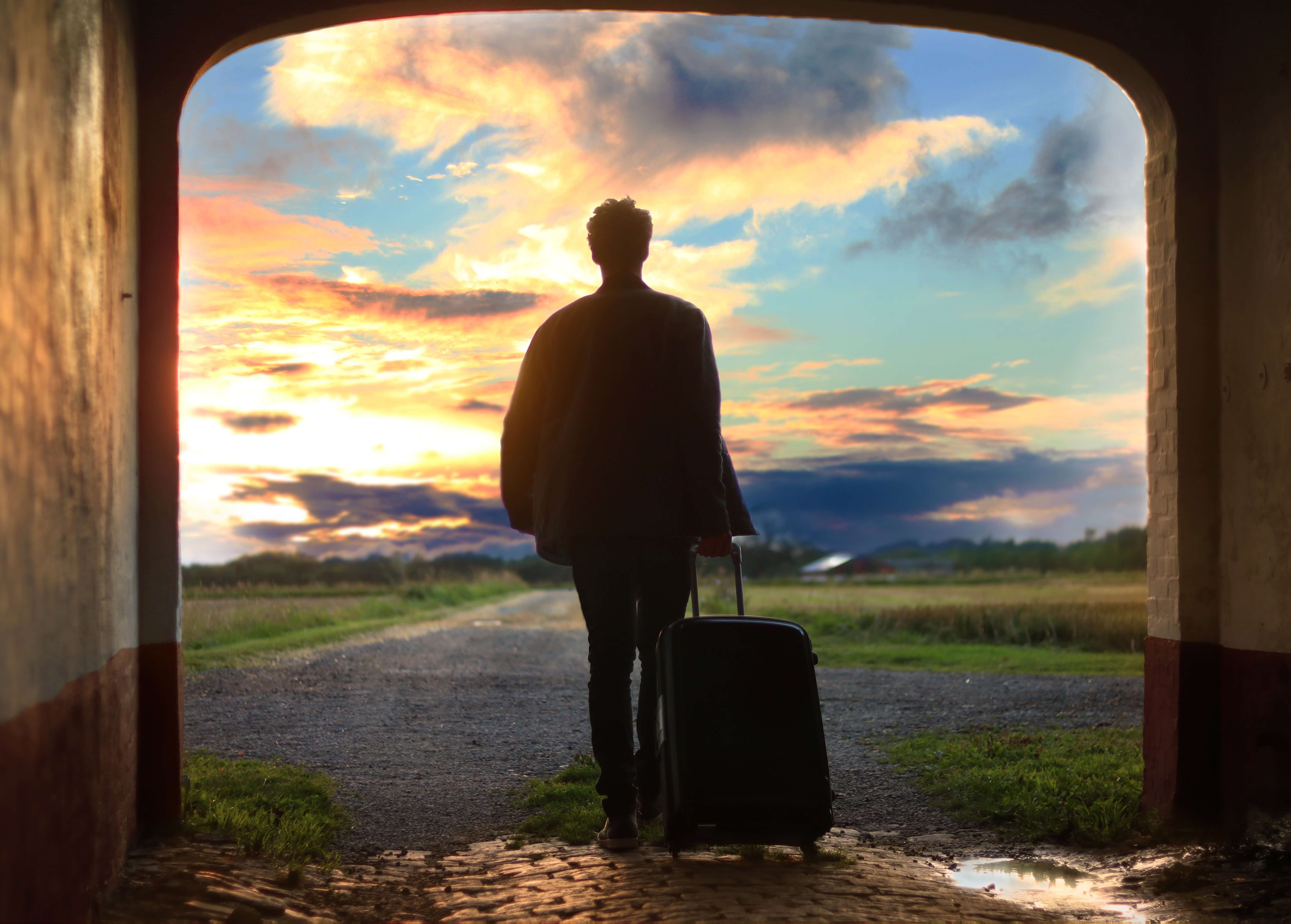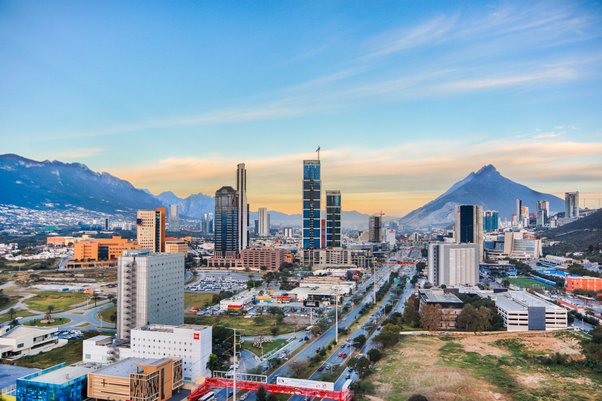
If you are a digital nomad, you will want a laptop that is lightweight, portable, and has a long battery life. Your laptop must be portable and lightweight enough to charge for hours. A Chromebook might work, but you may prefer a Windows-based computer. There are many options. There are two main types: Chromebooks and Macbooks.
Many laptops come either with Windows or macOS. For digital nomads, it is important to pick a laptop that runs macOS, as it has a great battery life and is lightweight. This will make it easy for you to travel with. You can also choose a laptop with a Linux OS. Many of these computers are inexpensive and offer long battery life. Higher-end laptops are needed if your job involves graphic design or photography.
You should consider features like the processor, battery life and storage when looking for the best laptops to digital nomads. Some jobs may require more processing power, so you may need to have a lot of storage space in order to store your files. The RAM of the computer you're considering is sufficient to support your needs.

An SSD SSD is a smart choice because it can hold large amounts of data. This will ensure everything is safe and won't be lost if power goes out. Another option is to get a computer with anti-glare, which is perfect for outdoor work.
Digital nomads will love the MacBook Pro, which offers exceptional performance and stunning display. If you are looking for a laptop capable of video editing, you should consider a notebook with a powerful Nvidia graphic card. You may also be interested in the Macbook Pro 16"'' model. These models feature Apple's new M1 Pro or M1 Max chip, which promises the fastest processing of any laptop on the market.
The Dell XPS 13 laptop is another popular choice for digital nomads. It is lightweight, has a long battery life, and comes with all the ports you need. Corning Gorilla Glass is also included on the laptop, which protects it from scratches and any other damage.
Other top choices for digital nomads include the MacBook Air (M2) and the Lenovo Ideapad. Both of these laptops have great battery life, allowing you to run for several hours without needing to recharge. These laptops are also equipped with powerful processors, which allow you to multitask.

You need a laptop capable of performing multiple tasks at once. The Dell XPS 15 is the best choice. Although this laptop is slightly larger than the others, it still has a powerful Intel Core i7 CPU and a superior graphic card. Furthermore, this model has plenty of RAM, so it can handle more programs at once.
FAQ
Where do digital nomad's usually eat?
A digital nomad is someone who travels to work or pleasure and has no permanent ties. After Tim Ferriss, an American author, invented the term digital nomad in 1999. He had just quit his job to move to Thailand. He was an "anti-corporate crusader."
Digital nomads are more prevalent than ever. Nomadic Matt estimates that there are approximately 11 million digital nomads currently active worldwide.
The average person spends between $1,000 and $2,500 per month while traveling. This is why most digital nomads avoid expensive places like New York City and Los Angeles. They instead go to the places where the food is cheaper.
You can find digital nomads eating out anywhere, from hostels to cafes to restaurants. Nomadic Matt says that coffee shops are the best place to meet them because they spend most of their time talking and sitting.
The key to finding these places is to ask locals. Look online for reviews, photos, and videos if you don’t understand the language. Ask fellow travelers how much they paid for their meals. Next, look for a place that's similar to yours. You might find something comparable in Rome if $10 is all you spend on lunch in Paris.
Another great way to find these places is by using apps such as TripAdvisor and Yelp. Google Maps makes it easy to search specific areas.
Where do digital nomads often stay?
Digital nomad destinations are most popular in Southeast Asia and the Caribbean. You can also live there for several months, without ever leaving your house.
A digital nomad's best choice is where they feel most content. This may mean somewhere warm and tropical or anywhere else on Earth where they can find inspiration.
Digital nomads may be attracted to these areas by the beautiful weather, but they will stay there longer if they have enough money to rent.
Digital nomads are more mobile than others and spend more time outside. They should ensure that the destination offers an abundance of outdoor activities.
These include: hiking, surfing and kayaking; skiing, diving; fishing; mountain biking; horse riding; and even yoga.
They also love cities and would be happy to move to any place that offers access to the outdoors.
For those living out of a suitcase, the key is finding a location where they can easily connect to wifi. Avoiding remote areas without reliable mobile signals is a good idea.
It is a great idea to search for a hostel to avoid these difficulties. These establishments offer internet access and, sometimes, accommodation.
Digital nomads who want to travel light and save money are well-suited for hostels. You can also meet new people in these social settings.
Hostels often have shared kitchens or common areas where guests can get together. There are also laundry facilities, bike rental, tours, and many other opportunities to explore the area.
How to find cheap flights to Asia?
Skyscanner.com is a great place to save on airfares. Search hundreds of airlines to compare prices across different websites.
Once you've found the flight you would like to book click "book" to enter all information required for each airline. Wait until you receive your ticket in the mail.
Don't rush to purchase your ticket. Sometimes tickets sell quickly. You can always make a change later.
How do digital nomads get paid?
Upwork, Freelancer and other digital nomad job sites are great resources for remote jobs. They also make it simple for freelancers find clients.
They assist you in creating a portfolio that showcases your skills. They can give feedback and track your projects.
A variety of apps and tools online can help manage your time, communicate to potential employers, or automate tasks.
But there are pitfalls too. When searching for work, you might encounter fake profiles or scams. Some freelance platforms charge fees, but do not provide any value to their clients.
It is possible to get negative reviews from clients in the past. You could also be the victim of identity theft.
These problems can be avoided by carefully reviewing the site before signing up. Look for reviews and testimonials. If an employer hasn't vetted someone, steer clear.
Because you won't be meeting them face-to–face, it's crucial to keep your eyes open for scammers while working remotely.
If you are patient, you will not encounter major problems.
What is the cost of being a digital nomad in your country? How long will it take to become a digital nomad?
There are many ways to define digital nomadicism. There are many ways to define digital nomadism. Some people refer to freelancers, entrepreneurs and independent contractors as digital nomads. Others say it is a broad term that includes travelers, ex-pats, ex-pats, and others who move often but have their main residence within one city or country.
Others use the term to mean people who move to live online for work and travel anywhere between 6 months and 2 years. If you want to be considered a digital nomad, you should do something online. You can't travel to another place.
Some digital nomads have enough income that they can live on their own and not need to look for work. Others make less than $10,000 a year.
Nomad List states that the average monthly wage for a digital nomad at $3,500 is the norm.
A digital nomad is someone who travels for work and has no fixed time frame. Many people believe that you are already a digital nomad if you travel for work. Even if part-time work, you may still be eligible.
NomadList actually shows that the average digital nomad's stay is between 3 and 6 months. This means that you may need to travel at the very least twice during that time.
Digital nomads can work from home which allows them to save on rent. You can even avoid commuter costs.
So, you can see why it might not be feasible for everyone to become a digital nomad. This requires a lot of planning and discipline. To be successful, you need to have a lot more time.
Here are some things you should consider if you want to become a digital nomad.
-
What amount of time do you have to devote to your work?
-
What type of work will it be?
-
Which location will you be located?
-
Will you need to relocate often?
-
Are you looking for savings?
-
Do you feel willing to give up certain aspects of your life, such as relationships?
-
Can you afford to give up your current job and take a new one?
-
Do you ever think about what you would like after you leave work?
-
Is there anything holding you back from leaping?
-
Do you have any questions about being a digital nomad?
-
How would your lifestyle be described?
-
Would you recommend it?
-
What advice do you have to offer new digital nomads?
-
Which advice would you offer to someone thinking of becoming a digital nomad?
Which country is the best place for digital nomads to live?
Three major hubs are present in the digital nomadism world. These are India Thailand Brazil. They are all very similar in terms both of culture and weather. These countries differ in their cost of living and quality. So which do you choose?
My ideal digital nomad destination is one that you can live comfortably and still work remotely. This means finding a city which isn’t too costly, doesn’t have a busy lifestyle, offers many opportunities for adventure, and that doesn’t require you to travel a lot.
The best places for digital nomadism are cities with low living costs and minimal distractions. In other words, they are easy to escape from.
It is possible to explore these places and have fun. These areas have many affordable accommodation options and flights.
Finally, these are great places to meet people, network, and make friends. Because you can socialize more, it is easier to meet new people when you work remotely.
These are my recommendations
-
Go to India.
-
Go to Thailand.
-
Go to Brazil.
What are the disadvantages of being an explorer?
You spend too much time away from your family and friends, and you are unable to plan for the future.
There are many negative aspects to traveling for work. There are many benefits to traveling for work.
It's a great way to meet new people and discover about cultures and places you might not otherwise have the chance to. You have endless options to travel and visit new countries and cities.
However, it is difficult to be disciplined enough to leave family and friends behind so that you can spend time with your loved ones. How can you reconcile these two different worlds together?
There are ways to minimize your impact as a nomad. For example, you may choose to live cheaply while working abroad. Or you might decide to rent out a room in your house so that you can spend more time with loved ones back home.
Plan is another way to minimize the emotional impact of having to leave your family. You can plan where and when to go before you go. Make sure you have a backup plan in case something goes wrong.
You should also allow yourself to take a break from the stresses of work when you come home. Don't feel guilty about spending a few days unwinding after a hard day's work.
Do not make major decisions, such as moving overseas permanently for one year. Instead, focus on smaller changes that you can make now.
You can make small lifestyle changes to improve your health and well-being. These small changes can add up to big benefits.
Take some time off work if you have the opportunity. Recharge your batteries and get ready for another adventure.
Statistics
- They also offer trip cancellation insurance that covers up to 100% of the trip cost. (travelinglifestyle.net)
- In general, you can expect to pay around 5 to 10 percent of the total cost of your trip for travel insurance. (travelinglifestyle.net)
- The fees range from 5% to 20%, depending on how much you make working for a specific client. (travelinglifestyle.net)
- According to Statistica Research Department, the number of digital nomads is increasing every day, with more than 15.5 million digital nomads in 2021. (gooverseas.com)
- LifeStraw makes ones that remove 99.9% of bacteria and parasites, keeping you safe as you travel the world. (nomadicmatt.com)
External Links
How To
How can you get started in a digital nomad life?
There are many things to think about before starting a digital nomad lifestyle. Here are some examples:
-
Are you looking to travel full-time or work remotely?
-
Are you interested in finding clients online or offline?
-
Do you prefer to travel solo or with friends?
-
Do you want to spend most of your time outdoors or indoors?
-
How will you pay all of your expenses while you travel?
-
Do you want to buy or rent an apartment?
-
Where will your next home be?
These decisions will affect all other activities.
Once you decide what kind of lifestyle you want, you can start to identify the skills and resources that you will need to succeed.
Here are some questions that you might want to ask:
I would like to travel for six months. How do I prepare my computer?
Make sure you back up your data before departing so you don’t lose personal or important documents.
Backups can be useful beyond laptops. Keep backups on all devices, including smartphones, tablets, laptops, and desktop computers.
Your location will affect the backup strategy. You should backup your computer every month if you are planning to be in one place for several months.
However, if you're planning to move around frequently, you might not want to invest too much effort into keeping backups. You can instead use cloud storage services like Dropbox or Google Drive.
You can also use the built in backup feature of Windows 10 or macOS, to automatically save files.
Carbon Copy Cloner is available for Mac users. Acronis True image is available for Windows users.
You can download these programs directly from their websites. These programs are both easy and free.
You can access the internet as long as you have Internet access. It would be great if your backup files were not damaged.
However, you can't guarantee that your data will never be lost. Predicting how events outside your control could impact your plans is impossible.
If your laptop is damaged or stolen while you are away, for example, you will miss valuable information.
Losing data could mean losing money opportunities. It is worth investing in additional protection.